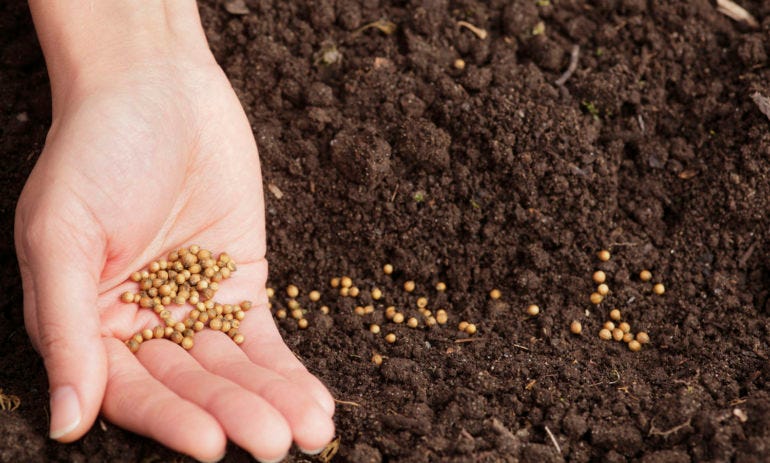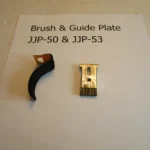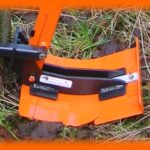Saving Heritage Varieties: Preserving Seed Diversity for the Future

Seed saving is more than just an agricultural task, it is a way to preserve the genetic diversity of plants and ensure their availability for future generations. With increased industrialization and the adoption of high-yielding crops, many traditional varieties have been lost, leading to a decline in the genetic diversity of our food plants. Fortunately, market farmers are playing a critical role in preserving these heirloom and open-pollinated varieties through the practice of seed saving. In this article, we will explore the importance of seed saving, how to select the right plants for this purpose, seed saving techniques, participation in seed exchanges, and the importance of proper storage and labeling. We will also highlight how seed exchange strengthens varietal diversity and the community at large.
The importance of saving seeds to preserve genetic diversity
The conservation of genetic diversity is essential for food security and sustainable development. Cultivated plants and their heirloom varieties are the basis of our agriculture and play a crucial role in our diet. However, over time, many traditional varieties have fallen into disuse and have been replaced by high-yielding crops that are designed to meet market demands but often lack flavor and resilience. By saving seed of heirloom varieties, market farmers are preserving genetic diversity and ensuring the availability of these varieties for future generations.
Preserving heirloom seeds for generations
One of the main reasons market farmers engage in the practice of seed saving is the preservation of heirloom varieties. These seeds are of varieties that have been grown for generations and passed down from parent to child. By saving seed of these varieties and sharing them with others, it ensures that these plants will continue to exist in the future. In addition, heirloom varieties often have unique characteristics, such as disease resistance or exceptional flavor qualities, that are lost when only commercial varieties are grown.
In the United Kingdom, for example, there are numerous organizations and farmer networks dedicated to preserving and promoting heirloom and open-pollinated varieties. These organizations, such as Heirloom Seed UK, work hard to collect and share seeds of traditional varieties so that they can be grown by other farmers and gardeners. In doing so, they are contributing to genetic diversity and ensuring that these varieties are not lost to oblivion.
Heirloom Seed UK.
The role of market farmers in the conservation of heirloom and open-pollinated varieties
Market farmers play a crucial role in the conservation of heirloom and open-pollinated varieties. They are often the ones who have access to these unique varieties and consciously cultivate to save seed and keep genetic diversity alive. In addition, the practice of seed saving allows them to be self-sufficient and not depend on external suppliers to purchase new seed each planting season.
Market farmers also become active conservators of varieties, as they engage in experimenting and improving seed saving techniques. Through observation and selection of the best plants for seed saving, they can contribute to adapting varieties to new conditions or improving certain desirable characteristics. In addition, by exchanging seeds with other farmers and participating in seed exchanges, they can diversify their crops and strengthen the farming community.
Selecting suitable plants for seed saving
When selecting plants for seed saving, it is important to choose those that are healthy, vigorous and have desirable characteristics. It is also important to select varieties that are adapted to the climatic and soil conditions of the region in which they are grown. This will ensure that the resulting seeds are viable and can germinate successfully in future plantings.
In addition, it is advisable to select plants that show resistance to diseases and pests, as this will help ensure long-term seed survival. On the other hand, it is important to avoid selecting plants that exhibit undesirable characteristics, such as low productivity or poor flavor, as these characteristics could be passed on to the seeds and negatively affect future generations.
Learn seed saving techniques
Learning proper seed saving techniques is essential to maintain seed viability and ensure that seeds can germinate and grow in future plantings. There are several techniques that can be used, depending on the type of plant and the structure of your seed.
One common technique is that of air-drying seeds. In this method, seeds are allowed to air dry for a specified period of time, after which they can be properly stored. It is important to make sure that the seeds are completely dry before storing them to avoid mold formation or the growth of microorganisms.
 Discover Jang Seeder Replacement Parts and Options
Discover Jang Seeder Replacement Parts and OptionsThe fermentation method can also be used for some types of seeds.
This method involves letting the seeds ferment in water for a few days, which helps to remove outer layers that may affect their germination. Once fermented, the seeds are washed and dried before being stored.
Seeds can also be stored in cool, dry conditions, such as in sealed glass jars. It is important to ensure that seeds are not exposed to moisture or sudden temperature changes, as this can affect their viability. Proper labeling of seeds with information such as variety, date of collection and place of origin is also essential for their correct identification in the future.
Participate in seed exchanges
An exciting and rewarding way to acquire new varieties and strengthen seed diversity is to participate in seed exchanges. These exchanges allow farmers and gardeners to share their seeds with others and receive seeds of varieties they may not have in their collection.
Seed exchanges not only help diversify cultivated varieties, but also strengthen the farming community and foster collaboration and knowledge sharing. By participating in seed exchanges, farmers have the opportunity to meet other gardening enthusiasts, exchange experiences and learn new techniques. In addition, these exchanges can generate a support network for future consultations or exchanges.
Seed exchanges are a great way to build a network of support for future consultations or exchanges.
Importance of correct seed storage and labeling
Proper seed storage and labeling is vital to maintain long-term viability. Seeds should be stored in cool, dry and dark conditions to prevent degradation and mold formation. Sealed glass jars are a popular choice for seed storage, as they protect from moisture and ensure that seeds are kept in optimal conditions.
Proper labeling of seeds is also essential for their correct identification in the future. Labels should include information such as seed variety, date of collection and place of origin. In addition, it is advisable to include any additional information that may be relevant, such as the name of the farmer or gardener who collected the seeds, or any peculiarities of the variety. This will make it easier for the seeds to be used properly and shared with others.
Seed exchange as a way to diversify varieties and strengthen the community
Seed exchange is a practice that not only has benefits for farmers and gardeners, but also for the community at large. By participating in exchanges, the diversification of cultivated varieties is encouraged and ties between farmers and gardeners are strengthened.
In addition, seed exchange can be a way to resist the homogenization of food systems and fight corporate appropriation of seeds. By exchanging seeds, farmers and gardeners are taking control of their own plantings and contributing to the preservation of the genetic diversity of food plants.
Seed saving is an essential task to preserve the genetic diversity of our food plants. Market farmers play a critical role in this task by saving seed of heirloom and open-pollinated varieties. By selecting appropriate plants, learning saving techniques, participating in seed exchanges, and properly storing and labeling seed, farmers can contribute to the preservation of genetic diversity and strengthen the farming community. In addition, seed exchange encourages varietal diversification and promotes resistance against homogenization of food systems. Together, we can ensure that traditional seeds and varieties endure for future generations.
 Unlock the Power of the 104.5 Bigfoot Accessory for Extractigator
Unlock the Power of the 104.5 Bigfoot Accessory for Extractigator
Leave a Reply